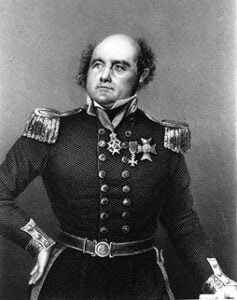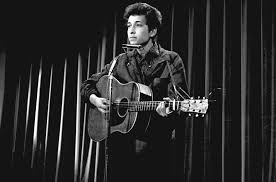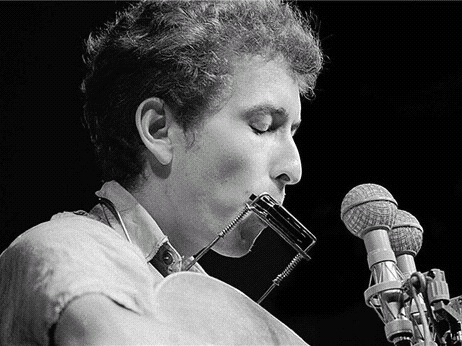EXTRACTS FULL TEXT HERE
Bob Dylan’s Dream…
The Freewheelin’ Bob Dylan is one of the most important ‘breakthrough albums’ in musical history. One of the most impressive things about the collection is its variety of themes and moods, from the apocalyptic poetry of A Hard Rain’s a-Gonna Fall to the playful silliness of I Shall Be Free. Amid the love songs, comic songs and protest anthems sits one of Dylan’s most beloved works, Bob Dylan’s Dream. This is a unique entry in his catalogue in that it deals exclusively with the issue of memory. Its message is also perfectly clear in a way that few Dylan songs are. It may be that the song represents his actual memories of his childhood or adolescence. However, at this time he was so steeped in folk music of various kinds that he had developed the ability to project himself into imagined situation.

LORD FRANKLIN
Bob Dylan’s Dream…
It is well known that Dylan based the song on the traditional ballad Lord Franklin (also known as Lady Frankin’s Lament) which tells the sad tale of the demise of the captain of a ship of exploration. The ship was lost Baffin Bay, Canada in 1855 in one of the many futile attempts to find the non-existent North West Passage. This is detailed in the sleeve notes to Freewheelin’, in which it is stated that Dylan learned the song from Martin Carthy – then a young folk singer yet to release his first album – on a trip to England.
The song has a very beautiful and striking melody, derived from the Irish air Cailín Óg a Stór. Bob Dylan’s Dream is a classic example of the ‘folk process’, by which melodies are interchangeable and many songs are developments of others. Although the subject matter of Lord Franklin is very different to that of Bob Dylan’s Dream, there is certainly some similarity in the emotions of wistful regret the songs convey. Whereas ballads like Blowin’ in the Wind and Hard Rain were more loosely based on their traditional antecedents, here (as with Girl from the North Country) Dylan uses the structure of the old song closely in his recreation, even mimicking the original lyrics in places.

The song was played by Dylan on a number of occasions in his early career but was then dropped until 1991, when (in a somewhat truncated version) it was featured in the acoustic sets of early Never Ending Tour gigs, often producing a particularly affectionate response from audiences. Its existence on such an early album illustrates that, even at this early stage, Dylan’s influences extended beyond the folk world. Despite being modelled on a traditional ballad, the Dream’s subject matter and emotional content link it more to the more sophisticated forms of mainstream popular music. In many ways, the song has more resemblance to the struggle with coming to terms with growing older implicit in songs recorded by Frank Sinatra, such as Young at Heart (1953, later covered by Dylan on Triplicate, 2017) and It Was a Very Good Year (1965), than most country, blues or folk material.

Bob Dylan’s Dream
is not a song that requires interpretation. It spells out its message clearly. Although its narrator appears to be looking back on his own younger life, Dylan achieves far more than the nostalgic glow that surrounds the piece. He makes the experience a universal one, which can be relevant to anyone looking back on their youth. The story, about how the paths of youthful friendship will inevitably and sadly part, is told with great economy and lyricism. Its clear expression and upfront emotion made it a natural choice for smooth-voiced singers like Peter, Paul and Mary and Judy Collins, both of whom produce heartfelt if rather shallow readings. The way they change Dylan’s deliberately ungrammatical us of ‘was’ to ‘were’ is a good example of how Dylan’s work can be ‘watered down’. He has always used the timbre of his ‘ragged’ voice for positive effect in his songs. In this case the roughness of his singing, which is relatively conventional by his standards, offsets the lyricism of the song perfectly, preventing him diving into sentimentality or nostalgia. One outstanding cover version is that of Bryan Ferry (a singer capable of great nuance and subtlety) who has become one of Dylan’s leading interpreters. Ferry subtly varies his vocal delivery in order to bring out the song’s conflicting emotions.

LINKS
STILL ON THE ROAD – ALL DYLAN’S GIGS
THE CAMBRIDGE BOB DYLAN SOCIETY




Leave a Reply